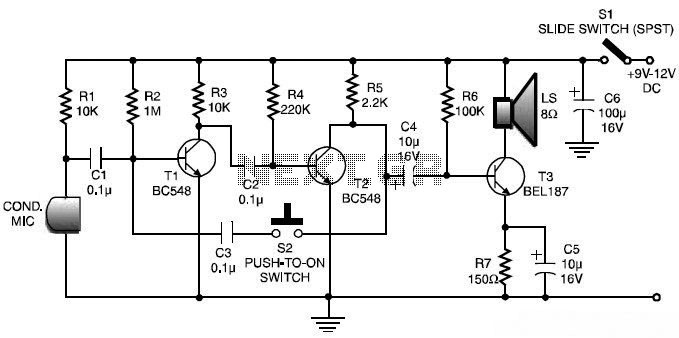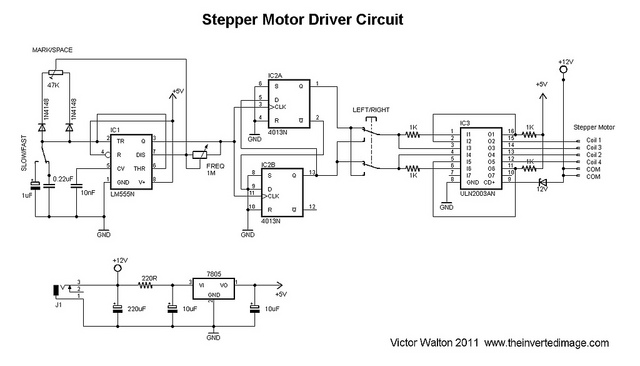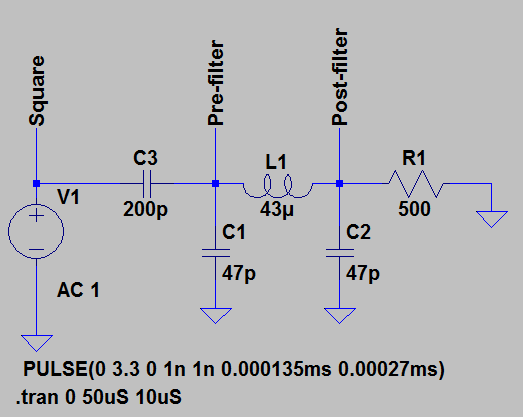
CPF LOGGER Lite Simple DIY Data Logger for CPFers

There is information not included in this main post. Read through the thread for more information on timer calibration and other useful information by cpfers. PEU pointed out that the TX should be connected to serial port pin 2 instead of pin 3. This has now been corrected in circuit version 1.0a and reflected in this main post. The respective file names have been changed to include the "10a" suffix. A slightly modified circuit version 1.1 has been posted in the new post below. This is a maintenance change.
The circuit in question relates to a timer calibration project that has undergone several revisions based on user feedback and operational requirements. The initial schematic was updated to reflect a crucial connection change where the transmission (TX) line was correctly routed to serial port pin 2, aligning with standard practices for serial communication protocols. This adjustment is significant as it ensures proper data transmission and reception between the microcontroller and external devices.
The transition to circuit version 1.0a indicates a formal acknowledgment of the correction and serves to maintain clarity within the documentation. The inclusion of the "10a" suffix in the file names helps in version control, making it easier for users to identify the most recent and accurate schematic.
Furthermore, the release of circuit version 1.1, described as a maintenance change, suggests that additional refinements have been made to enhance the overall performance or reliability of the circuit. Maintenance changes typically involve minor updates that do not alter the core functionality but improve aspects such as component selection, layout optimization, or noise reduction.
Users are encouraged to refer to the complete thread for comprehensive details regarding timer calibration techniques and other insights shared by contributors. This collaborative approach enhances the understanding and implementation of the circuit, ensuring users can effectively utilize the design in their projects.edit - There are information not included in this main post. Read through the thread for more information on timer calibration and other useful information by cpfers. - PEU pointed out the TX to be connected to serial port pin 2 instead of 3. This now corrected as circuit ver 1.0a and reflected in this main post. The respective file names are changed with ""10a"" surfix. - Slightly modified circuit version 1.1 is posted in the new post below. This is a maintenance change. Circuit files.. 🔗 External reference
The circuit in question relates to a timer calibration project that has undergone several revisions based on user feedback and operational requirements. The initial schematic was updated to reflect a crucial connection change where the transmission (TX) line was correctly routed to serial port pin 2, aligning with standard practices for serial communication protocols. This adjustment is significant as it ensures proper data transmission and reception between the microcontroller and external devices.
The transition to circuit version 1.0a indicates a formal acknowledgment of the correction and serves to maintain clarity within the documentation. The inclusion of the "10a" suffix in the file names helps in version control, making it easier for users to identify the most recent and accurate schematic.
Furthermore, the release of circuit version 1.1, described as a maintenance change, suggests that additional refinements have been made to enhance the overall performance or reliability of the circuit. Maintenance changes typically involve minor updates that do not alter the core functionality but improve aspects such as component selection, layout optimization, or noise reduction.
Users are encouraged to refer to the complete thread for comprehensive details regarding timer calibration techniques and other insights shared by contributors. This collaborative approach enhances the understanding and implementation of the circuit, ensuring users can effectively utilize the design in their projects.edit - There are information not included in this main post. Read through the thread for more information on timer calibration and other useful information by cpfers. - PEU pointed out the TX to be connected to serial port pin 2 instead of 3. This now corrected as circuit ver 1.0a and reflected in this main post. The respective file names are changed with ""10a"" surfix. - Slightly modified circuit version 1.1 is posted in the new post below. This is a maintenance change. Circuit files.. 🔗 External reference





